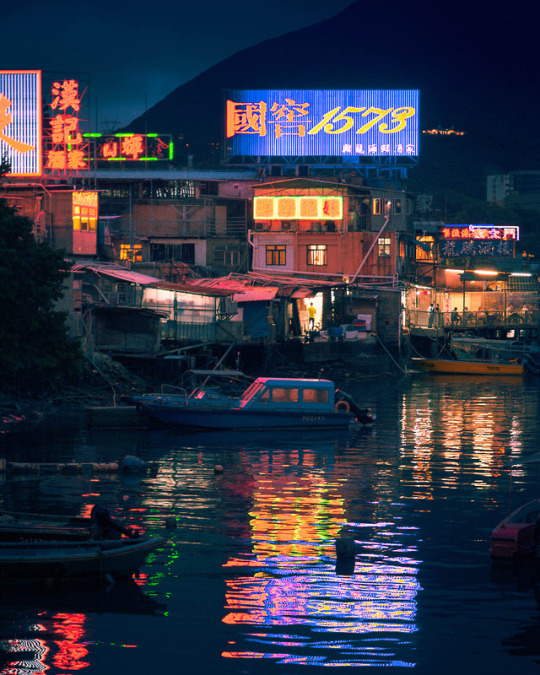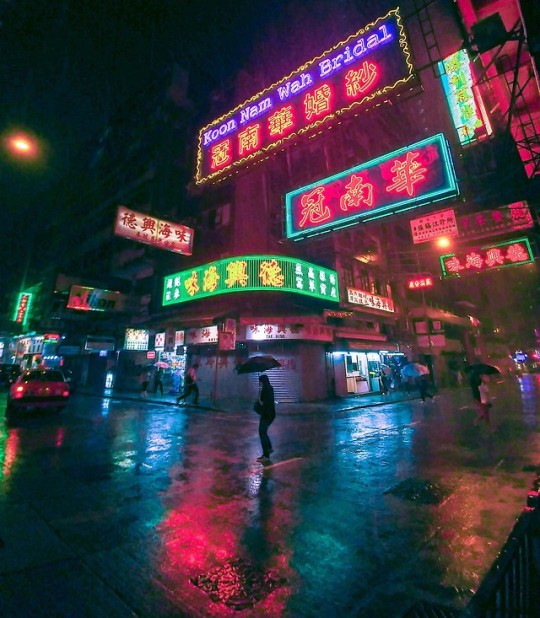"lining both sides of these corridors, which lets their light from above, are the most elegant shops, so that the passage is a city, a world in miniature" (exercises in speculative urbanism by a certain number of young scholars in Hong Kong)
Don't wanna be here? Send us removal request.
Text
Introduction
Walter Benjamin and the phantasmagoric urbanism of Hong Kong: Photographic Installation for the future of Chinese urbanity
瓦爾特 本雅明與光怪陸離的香港城市主義 :為了未來中國城市性的照相裝置展
The Arcade/Border/City group is an independent, cross-disciplinary collective set up in 2013 in Hong Kong by graduate students and young scholars with the purpose of navigating critically Walter Benjamin’s Passagenwerk through everyday life experiences in Hong Kong. We interrogate the ways in which the architectural forms of contemporary urbanism (arcades, borders, citylinks, metro systems, streets, footbridges, and so on) are connected to, or disjointed from, the layered networks of mobility, media, affect, representation and desire that shape individual lives in metropolitan agglomerations.
《商場/邊境/城市》 小組是一個獨立的,跨學科的組織。這個組織由一群研究生和年輕學者與2013年成立,其目的是為通過本雅明的《拱廊計劃》批判的理解香港的日常生活。我們質問當代的建築形式(比如,商場,邊境,城市鏈接,地鐵系統,街道,天橋等)如何從不同層面的構成在結塊都市中個體生活的機動性,媒體,情緒,表現與慾望。
Our project is to represent a photographic/visual installation, a collage of more or less loose visual narratives of the past and present Hong Kong urban images compiled by the authors and coupled with passages from the Passagenwerk as well as other key works in architecture and urban space (such as Koolhas and Lefebvre), is a report on our forays into the academic texts, urban wandering, archive delving and intellectual exchanges. The dialogic nature of this collage, combining personal points of view, digital imaging, individual trajectories and fragmented readings, wants to echo the unfinished, open-ended nature of Benjamin’s text, and attempts a practical interpretation of the blurry concept of “dialectical image”.
我們的計劃是為了展出一個照相/視覺的裝置,拼貼一些看似散漫的視覺敘事, 結合我們收集的香港過去與現在的城市景象與《拱廊計劃》還有其他有關建築與城市空間的書籍(比如,庫哈斯與列斐伏爾)中的段落。這個報告結合我們研究學術著作,城市漫步,瀏覽檔案和交流討論。這個以對話為本質的拼接,結合個人觀點,電子圖像,個人軌跡和非系統的閱讀,就是為了迴響本雅明文字本身的開放性,嘗試用實踐來理解“辯證的圖像”這個模糊的概念.
We believe the trajectory of development of Hong Kong’s urban space is a crucial reference to the mainland Chinese counterpart. A spatialogy of Hong Kong is not necessarily a blueprint for the future of Chinese megacities (even sometimes it was wrongly perceived as such) but many lessons can be learnt from our study of lived experiences of architectural forms and urban planning in the past and present.
我們認為香港城市空間的發展是內地城市的重要參照。一個香港的空間學並不一定是中國巨型城市的藍圖(甚至有時候被錯誤的這樣理解)但是我們可以從研究親身經歷香港的過去與現在的建築形式和城市規劃中學習到很多。
0 notes
Photo

Tsim Sha Tsui, 2015
看不見城市 ( Invisible Cities )
19 notes
·
View notes
Photo





The Neon Archives: An Exploration of Hong Kong’s Fading Neon Landscape
5K notes
·
View notes
Quote
The Los Angeles revolt is the first in history that could justify itself by deduction from the lack of air conditioning during a heat wave.
The Decline and Fall of the Spectacle-Commodity Economy”, Internationale Situationniste no. 10 (March 1966)
0 notes
Quote
Darkness draws back from lighting and the seasons from air conditioning: night and summer are losing their charms, and dawn is disappearing. The human being of the cities thinks he or she is escaping from cosmic reality and does not dream any the more for it
Gilles Ivain, “Formulary for a New Urbanism”
#air conditioning#lighting#light#electricity#atmosphere#night#day#time#dawn#weather#cosmotechnics#dream
0 notes
Link
#urban futures#Hong Kong#interstices#space#colonialism#Vast Abrupt#Vince Garton#sovereignty#Singapore#britain
0 notes
Link
0 notes
Link
“When the Migrants Amass: Notes from the New Territories”, by Lee Chi-leung (trans. Joy Zhu)
1 note
·
View note
Photo

Been awhile since we posted… So here are a few from Causeway Bay to get you into the Xmas spirit… Beware Cindy and Lee Yuk Ming… . #hkstreetart #hongkongstreetart #streetart #rant #cwb #causewaybay #hongkongisland #852streetart #852 — view on Instagram http://ift.tt/2DKepJN
1 note
·
View note
Photo




Yuen Long, 2017
#Yuen Long#Yoho Mall#Hong Kong#high rises#housing#high rise apartments#buildings#architecture#mall#smartphones#Christmas#basketball
0 notes
Quote
Heat. This is what cities mean to me. You get off the train and walk out of the station and you are hit with the full blast. The heat of air, traffic and people. The heat of food and sex. The heat of tall buildings. The heat that flows out of the subways and tunnels. It's always fifteen degrees hotter in the cities. Heat rises from the sidewalks and falls from the poisoned sky. The buses breathe heat. Heat emanates from crowds of shoppers and office workers, the entire infrastructure is based on heat, desperately uses up heat, breeds more heat. The eventual heat death of the universe that scientists love to talk about is already well underway and you can feel it happening all around you in any large or medium-sized city. Heat and wetness.
Don DeLillo, “White Noise”, 1984
1 note
·
View note
Link
In May, Hong Kong reclaimed its title as the most competitive economy in the world. But how much competition is there, actually? Seems like everything we beg, borrow or buy is owned by just a few companies, big or small...
0 notes
Photo

Interpretations of wavelengths by rambler15 (via @Instagram) #hongkong #香港 #photography [URL]
9 notes
·
View notes
Quote
If the traditional city may be compared with a natural organism—tree or seashell—that grows over time, the new town is defined by its having been planned once and for all. […] The entire city functioned for Lefebvre like a binary code, telling its residents “do this, don’t do that"—a purely legible text laid out in the form of abstract Corbusian "machines for living in” short of location in place and time.
Tom McDonough, The Situationists and the City, p. 24
2 notes
·
View notes
Quote
But what should equally be recognized is their profound ambivalence toward modern Paris: to the extent that it was composed of the "ruins of the bourgeoisie" (to echo Walter Benjamin), it would have to be remade through the most radical plan of "rational improvement." The secrets held within the urban landscape, which dérive attempted to unlock, were the secrets to this city's own suppression--the "Great Passage" out of the capitalist urban grid toward a new city form where, for the first time, individual desire and architectural morphology could coincide.
Tom McDonough, The Situationists and the City, p. 12
3 notes
·
View notes
Link
0 notes
Link
This document was produced as a result of the IV International Congress of Modern Architecture which took as its theme "the functional city" and focused on urbanism and the importance of planning in urban development schemes. The document includes urban ensembles in the definition of the built heritage and emphasizes the spiritual, cultural and economic value of the architectural heritage. It includes a recommendation calling for the destruction of urban slums and creation of "verdant areas" in their place, denying any potential heritage value of such areas. It condemns the use of pastiche for new construction in historic areas.
0 notes